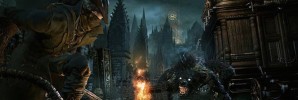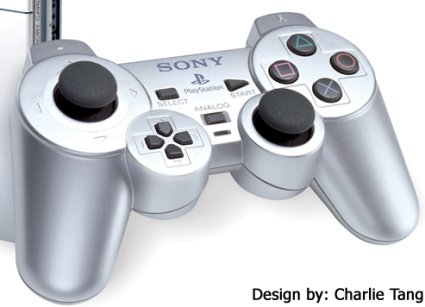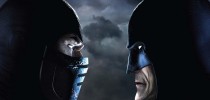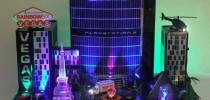Final Fantasy Series: A Retrospective (Part 2)
During the 90s, Squaresoft, the miraculously saved-from-bankruptcy company, migrated the Final Fantasy series to the SNES.Inspired by the more powerful console and the experience of three fantastic games, Squaresoft took a leap forward in quality and started using more colorful sprites and backgrounds. Also, the music was improved as Nobuo Uematsu (the composer) had a better palette of sounds to work from. Finally, the series changed its focus from open-world exploration to story-driven exploration. From now on, the characters would interact amongst themselves and talk to each other in and outside of the battles. Real relationships were established between them; as lovers, friends, family or enemies. The stories moved from just a motivation for dungeon crawling to the center of the experience.
[NOTE] : Click here if you missed Part I, covering Final Fantasy I, Final Fantasy II and Final Fantasy III.
[UPDATE 1] : Click here for Part III, covering Final Fantasy VII, Final Fantasy VIII and Final Fantasy IX
[UPDATE 2] : Click here for Part IV, covering Final Fantasy X, Final Fantasy X-2, Final Fantasy XI and Final Fantasy XII
The next trilogy, IV, V, and VI, are usually considered amongst the “top-tier” games of the SNES along jewels like A Link to the Past, Super Mario World, Super Metroid, Chrono Trigger or Super Castlevania IV. Squaresoft took everything that had made the previous NES games good, and improved it for a new generation, incorporating at the same time entirely new concepts like the Active Time Battle bar which the series used for the next 6 games (by using this system, each character had a turn independent of the rest and as soon as his bar fills instead of just choosing everything beforehand and watching the battle unfold).
On this second part of the PS3 Maven Final Fantasy retrospective, we shall go over the SNES games and remakes. Stay tuned for the next installment of the retrospective to see the moment when the franchise moved to the PSOne.
Final Fantasy IV
Final Fantasy IV had an unique take, in comparison to previous games: the player doesn’t control four nameless guys, but protagonist Cecil Harvey. Cecil is a Dark Knight (job introduced in Final Fantasy III, similar to knight, but uses ‘dark swords’), captain of the Red Wings, an Elite force of the Kingdom of Baron. Under the King’s command, the Red Wings seize one of the four crystal from a town of mages who just watch helpless while the troopers kill everyone. Once back in Baron, Cecil asks the king what the reasons behind this attack are, only to get expelled from the Red Wings for questioning him in retaliation. Cecil gets then sent to Mist, a nearby town, to deliver a magical ring. There he realizes the king just wanted to kill everyone in there using the magic sealed in the ring. After this event, he decides to stop the madness going on at Baron, which is apparently caused by the new Red Wings captain, a mysterious man named Golbez. From there on, the player will travel the whole world, the underworld (where a whole civilization lives below the earth’s surface) and even one of the two moons of “the Blue Planet” they inhabit.
Despite having a story more complex than all of the previous games put together, Sqauresoft still managed to make every character in the game relatable and memorable, so besides Cecil, players also remember his best friend, the Dragoon knight Kain, Rydia the Summoner, Edge, the ninja prince of Eblan, or Rosa, the white mage, and Cecil’s love interest. Also, this is the first Final Fantasy game where one of the main characters die, and there are many others constantly joining and leaving the party, keeping gameplay varied thanks to their different skills and unique commands, related to their ‘jobs’. Squaresoft managed to create an RPG where, even if the player couldn’t freely change jobs like in Final Fantasy III, the gameplay was varied, diverse, and provided many ways to deal with each enemy. More importantly, having their jobs set by default, these are vital part of the characters personalities and motivations, which ended up in characters really well-rounded for the early 90s standards.
Final Fantasy IV was such a big hit that it has been re-released many times throughout the years for other consoles like the PSOne (where some FMV cutscenes were added), Gameboy Advance (where some extra dungeons were added), or reworked entirely for the Nintendo DS, with new super-bosses, and even voice acting (which was, surprisingly, very decent!) in most of the key scenes.
Despite the Nintendo DS version being fantastic, and worth of at least one play through on its own, some people might be put off by the “cute” artwork style, reminiscent of the N64 days. For these players, and for the ones who want the most complete possible experience, the definitive version would be the PSP one, called “Final Fantasy IV: The Complete Collection“, which includes the original game in 2D but remastered with HD graphics, the FMVs from the PSOne, and also includes the new dungeons from the Gameboy Advance port. Also present here is the sequel (“Final Fantasy IV: The After Years”), previously available only on Wii and Japanese cellphones, and an entirely new episode not available elsewhere (“Final Fantasy IV: Interlude”), which takes place one year after the events of the original game.
Final Fantasy V
Final Fantasy V had the tough job of following Final Fantasy IV, which success had been monumental, and raised everyone’s expectations for the franchise. Instead of trying to repeat the same experience, Squaresoft decided to scrap everything and start from the top once more: with upgraded graphics from FFIV, and a completely unique skill system, Final Fantasy made its debut in December of 1992 in Japan. Sadly, the game never made it to the west until 1999, when the PSOne port came along, and in the western continuity, the games known as Final Fantasy II and Final Fantasy III were actually Final Fantasy IV and Final Fantasy VI, without any mention of V whatsoever. Apparently, the game was considered “too hard” for western players at the time, which could or not have to do with the fact that this is the first Final Fantasy game that included “super-bosses”. These were optional challenge fights non-related to the story, which the player could skip or not depending on how confident they felt. The super-bosses were Omega Weapon and Shinryuu, and both became sort-of regulars in the series, every time the programmers felt like throwing in an extra challenge for more hardcore players.
The story is sort of a throwback at the old Final Fantasy titles: Bartz, a traveler, sees a meteor crashing, and goes exploring. Once there, he finds Leena, princess of Tycoon, and an amnesiac old man who only remembers his name, Galuf. Lenna and Galuf, both for different motives, are trying to get to the Wind Shrine, which houses the wind crystal. Bartz joins them, and eventually with Faris, a pirate, and together they travel to the Wind Shrine, where they see the crystal explode right in front of their eyes. The pieces of the crystal, though, grant them powers (‘jobs’), and so they decide to go on an adventure to prevent the other crystals from shattering. Eventually, they’ll find out the reason why the crystals are losing its power, and how this relates to an evil Warlock called Exdeath.
The story, which is ok and fun on its own, is basically an excuse to send the player exploring the three different worlds (okay, without giving anything away, two and a half worlds) available throughout the game, while trying out the different combinations of jobs, where the player can gain skills and later use them with another job (the player could create then, say, a monk who equips knights’ armors, a bard who casts black magic, or a knight capable of equipping swords on both hands), creating endless possible combinations, being that there were more than 20 different jobs to try, each with a unique set of skills. The most interesting part, though, was that all of the mastered skills were applied by default to the “freelancer” class, the initial ‘job’ which is useless at the beginning, but a powerhouse by the end if the player took the time to level up.
Despite not having arrived to the European and American markets for the longest time, Final Fantasy has its place in history for introducing new jobs, and recurring characters like Gilgamesh and Enkidu, Shinryuu, or the concept of super-enemies called “Weapons”, which played a key role in the story of Final Fantasy VII. If the player feels curious about this entry of the series, we recommend either the PSN Version, for those who really love watching FMV’s, or the Gameboy Advance port for those who want an extra challenge, and some harder dungeons and bosses (you’ll get to fight Enuo, who is mentioned many times throughout the game, as well as Omega Mark II and Neo Shinryuu).
Final Fantasy VI
Usually, whenever the most hardcore fans discuss about their favorite game in the series, the two titles that come up are either VI or VII. Everyone and their mother knows what made VII special, but what about VI? Well, by the time it came out, it was revolutionary, pushing the hardware limits of the SNES with almost-3D environments at some sections (IE, flying the airship), the most complex soundtrack yet, with even a whole opera inside the game, and the fact that it used the same sprites both inside and outside of battle which allowed a whole new range of facial expressions and emotions. These detailed sprites meant that now the characters didn’t have to bounce around on screen to show they were excited, or showing sadness was as simple as changing the shape of a characters eyes. Although the body language was still rudimentary, this time, the fan could tell what was going on. Graphics aren’t the only thing this game improved and changed over its predecessors: this was an entirely new take on the series. Another cool detail was the fact that the “medieval” setting, with prominence of castles and dragons was scrapped in order to show a more steampunk, post-industrial revolution world, with many towns and machinery in the background instead of castles and mountain paths.
Final Fantasy VI has the biggest cast of the entire series, with 14 characters that could be recruited and controlled at any time except when they weren’t available because of the plot, and even some other characters the player gets to control for a (really short) while like Leo, Banon, Wedge and Biggs. In the game, we’re told the story of Terra, a girl who has the gift of being able to cast magic, a skill that people thought long lost after a war where three entities turned humans capable of magic into soldiers, which eventually led to catastrophe and the world’s ruin. Terra is being controlled by the Empire, but breaks free soon after the game starts. She gets help from a thief (or “treasure hunter”, as he calls himself) named Locke who introduces her to an opposing faction, the Rebels, who expect to dissemble the Empire, and prevent them from using magic for war.
The best part about having 14 characters, besides the variety they added to the story, was how different each character was from one another. Controlling Terra was similar to controlling a Mage in previous games, but thanks to Trance, she could almost double her stats and damage for a short while, while Edgar had access to tools, Locke could Steal, Celes could absorb magic, Cyan, the samurai, could use many fighting techniques, and Sabin was pretty much a character straight from a fighting game thanks to his “Blitz” skills, to name a few. The side of the Empire, too, was full of memorable characters, like Leo, a honorable general who didn’t like inhuman methods for war, or the Emperor, who had no trouble lying to whoever, even the rebels themselves, to get more power. The player will see him growing progressively crazier as the game progresses. Still, the real villain and star of the game was Kefka, who was nothing like Exdeath or Golbez: Kefka was truly evil in the same sense that the Joker from Batman is, and just wanted to watch the world burn. This is not a god, an evil wizard, or a herald of chaos. This is just a crazy guy with too much power in his hands who decides to destroy everything! Never throughout the series had a villain been so charismatic, funny, unpredictable, and scary. Kefka really made the player feel something, he was anything but the average end-boss guy.
The sum of so many small things from previous games done well, and a unique story with many memorable characters made Final Fantasy VI the icing of the cake for a fantastic run on the SNES. Since becoming such a huge hit, the game was re-released for PSOne, PSN and Gameboy Advance. This last version, the GBA one, is particularly worthy of mention for including extra dungeons and summons, where the player can fight the Kaiser Dragon, Omega Weapon or Gilgamesh. Still, the PSN version is still worth it for those who’d rather have an expanded ending and opening scene with some FMV cutscenes.
In case you missed it, click here to see the Part 1 of the PS3Maven.com Final Fantasy Retrospective, and stay tuned for part 3.

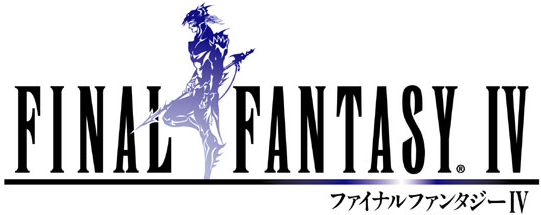

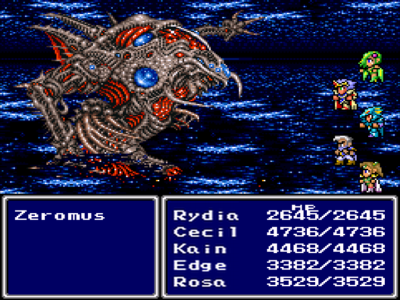
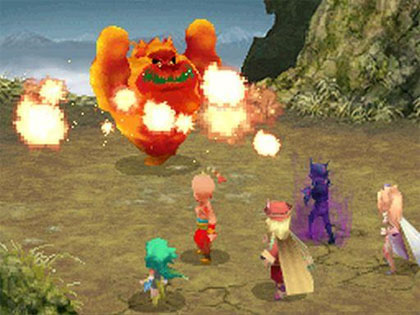
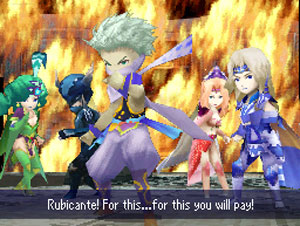
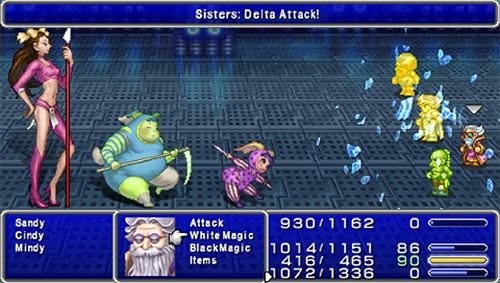
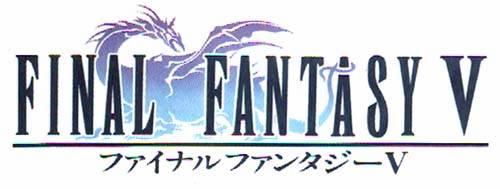
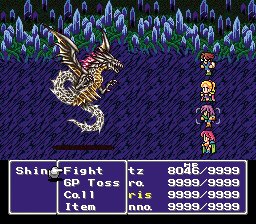

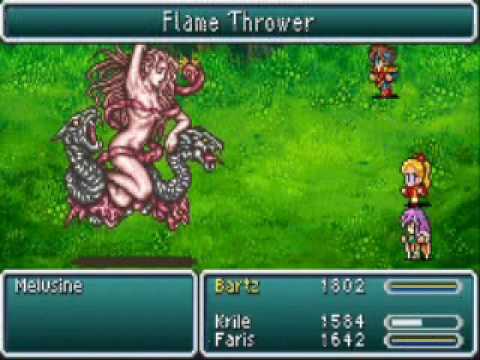


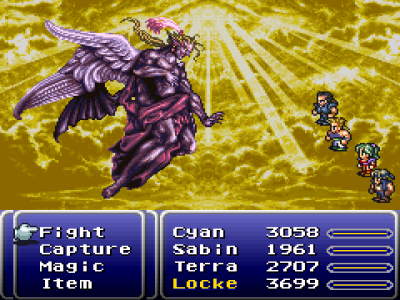
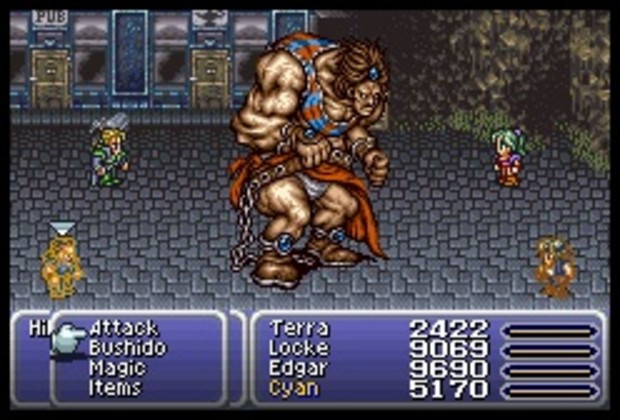


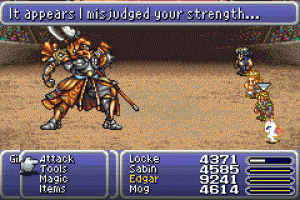
 Black Ops 3 Limited Edition Bundle DEAL
Black Ops 3 Limited Edition Bundle DEAL

